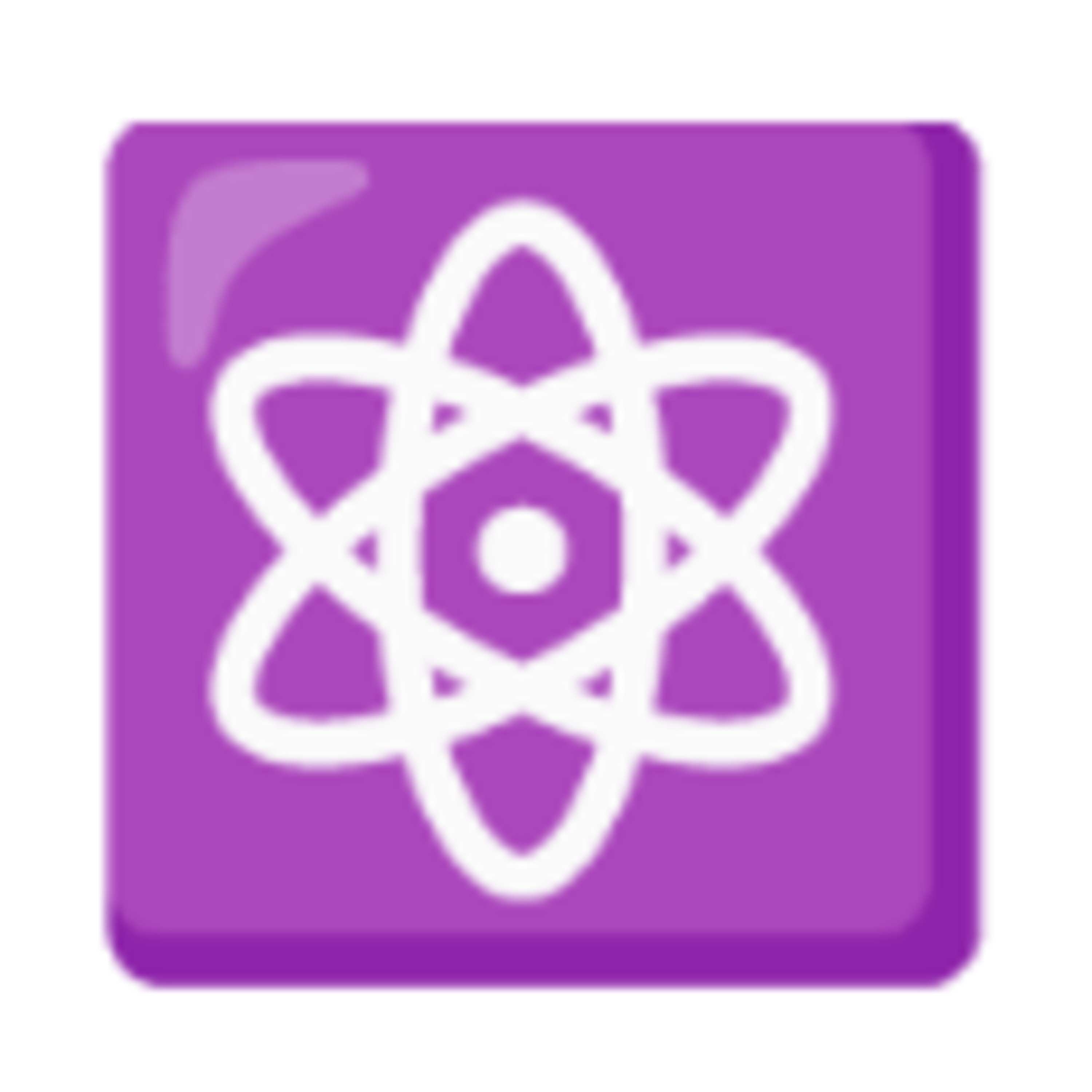The Virus House: German Uranium Project
- Author
- Mana Bond Limited
- Published
- Sun 19 Jan 2025
- Episode Link
- https://podcasters.spotify.com/pod/show/mana-bond-limited/episodes/The-Virus-House-German-Uranium-Project-e2tmmjs
The term "Virus House" refers to the code name for a German research laboratory in Berlin. This laboratory was located next to the Institute for Biology and Virus Research, and its location was chosen to isolate potential contamination in the event of an accident. In the text, the term "Virus House" does not refer to a study of biological viruses, but rather to the physical location where experiments related to the construction of a nuclear reactor were conducted.
The laboratory had a circular, brick-lined pit, about six feet deep, where experiments were conducted. Power and water for the laboratory were provided by the adjacent virus research institute. The reactor pit could be filled with ordinary water to serve as a reflector and screen.
In the context of German nuclear research during World War II, the "Virus House" was a crucial point in the effort to achieve a nuclear chain reaction. The experiments conducted there focused on nuclear physics, not the study of biological viruses.
The book The Virus House by David Irving also describes some studies on the biological effects of radiation, including neutrons. These studies, conducted by the Department of Genetics at the Kaiser Wilhelm Institute in Berlin-Buch, explored the genetic consequences of radiation and not biological viruses.
It is important to note that the use of the term "Virus" in the name of the laboratory is merely a code name to keep nuclear research activities secret. The main context of the text is the race for the atomic bomb and not research on biological viruses.
In summary, in the text provided, the word "virus" appears only in the context of the code name of the German nuclear research laboratory, called "Virus House". There is no information on the study of biological viruses in the text; instead, studies on the biological effects of radiation are described.
